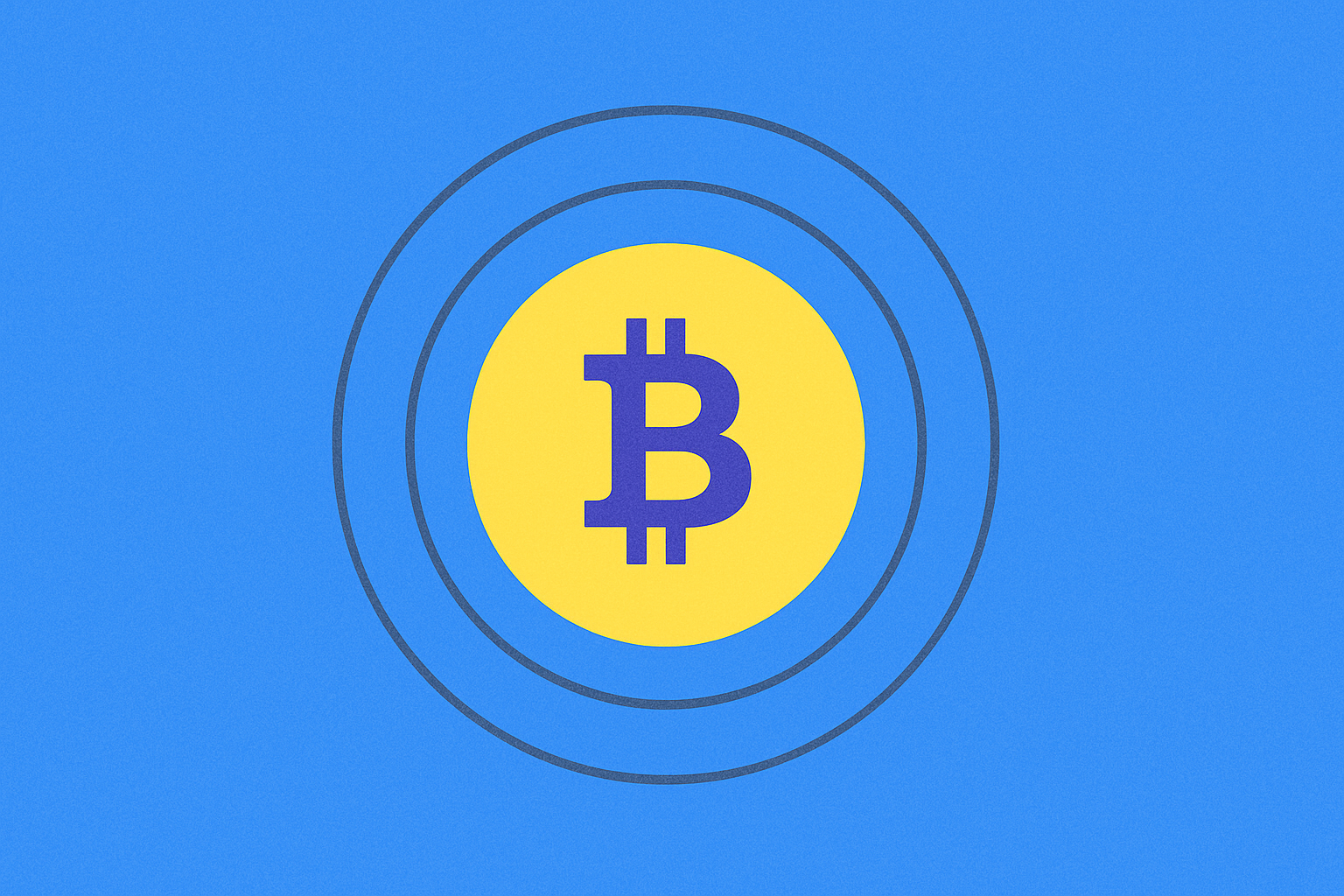Bitcoin'in Token Ekonomi Modeli, Değerini ve Kullanıcı Teşviklerini Nasıl Etkiler?

Bitcoin’in 21 milyon adetlik sabit arzı, kıtlık ve deflasyonist baskı oluşturuyor
Bitcoin’in 21 milyon adetlik sabit arz sınırı, dijital dünyada doğası gereği kıt bir varlık ortaya koyarak temel ekonomik prensiplerinden birini yansıtır. Günümüzde yaklaşık 19,94 milyon Bitcoin kazılmış olup, dolaşıma girmemiş yalnızca 1 milyonun biraz üzerinde coin kalmıştır. Bu sınırlı arz, süresiz basılabilen geleneksel itibari para birimleriyle belirgin bir tezat oluşturur.
Kıtlık mekanizması, önceden belirlenmiş arz takvimi ve yeni Bitcoin üretimini kademeli olarak azaltan yarılanma (halving) olayları ile işler. Sınırlı arz, matematiksel olarak belirlenmiş bir üst limit karşısında artan taleple birlikte deflasyonist bir baskı meydana getirir.
| Arz Göstergeleri | Bitcoin (BTC) | Geleneksel Para Birimleri |
|---|---|---|
| Maksimum Arz | 21 milyon | Sınırsız |
| Şu Ana Kadar Kazılan | 19,94 milyon (94,97%) | Uygulanamaz |
| Son İhraç Tarihi | Yaklaşık 2140 | Hiçbir zaman bitmez |
Bu kıtlık, Bitcoin’in fiyatının 2013’teki tarihi düşük seviyesi olan 67,81 $’dan Ekim 2025’teki 126.080 $ zirvesine yükselmesinde etkili olmuştur. Enflasyon dönemlerinde Bitcoin’in piyasa davranışı incelendiğinde, küresel ekonomik belirsizliklere rağmen son bir yılda %55,14’lük bir değer artışı kaydettiği görülmektedir.
Deflasyonist model, Bitcoin’i “dijital altın” ve para enflasyonuna karşı potansiyel bir koruma aracı olarak konumlandırır. Bu durum, para biriminin değer kaybına karşı korunmak isteyen yatırımcıların ilgisini çeker. Her yarılanma ile birlikte azalan ihraç hızı, kıtlık etkisini daha da artırarak zaman içinde Bitcoin’in değer önerisini güçlendirebilir.
Madencilik ödülleri, enflasyonu dizginlemek için her 210.000 blokta bir yarıya iner
Bitcoin protokolü, enflasyonu kontrol etmek için her 210.000 blokta bir (yaklaşık dört yılda bir) gerçekleşen yarılanma mekanizmasını sistematik olarak uygular. Bu tasarım, Bitcoin’in kıtlığını ve ekonomik değer önerisini sürdürülebilir kılar. Bitcoin ilk çıktığında madenciler blok başına 50 BTC ödül alıyordu, ancak bu miktar belirlenmiş takvime göre kademeli olarak azalmıştır.
Yarılanmaların Bitcoin’in arzı ve fiyatı üzerindeki tarihsel etkisi dikkat çekicidir:
| Yarılanma Olayı | Tarih | Blok Ödülü Değişimi | BTC Fiyatı (Önce) | BTC Fiyatı (1 yıl sonra) |
|---|---|---|---|---|
| 1. Yarılanma | 28 Kasım 2012 | 50 → 25 BTC | 651 $ | Belirgin artış |
| 2. Yarılanma | Temmuz 2016 | 25 → 12,5 BTC | ~650 $ | ~2.500 $ |
| 3. Yarılanma | 11 Mayıs 2020 | 12,5 → 6,25 BTC | ~8.700 $ | ~56.000 $ |
| 4. Yarılanma | 20 Nisan 2024 | 6,25 → 3,125 BTC | ~65.000 $ | Belirlenecek |
Bu mekanizma, Bitcoin’in toplam arzının asla 21 milyon adeti geçmemesini sağlayarak yapay bir kıtlık oluşturur. Matematiksel temel, her “ödül dönemi”nin toplam arza katkısını gösterir – ilk dönem 210.000 × 50 = 10.500.000 BTC üretmiş, sonraki dönemlerde bu miktar orantılı olarak azalmıştır. Yarılanmalar, dolaşıma giren yeni BTC miktarını azaltır ve tarihsel olarak fiyat artışlarıyla ilişkilendirilen arz şokları yaratabilir. Kurumsal yatırım ürünleri (ör. ETF’ler) aracılığıyla artan benimsemeyle birleşince, bu arz dinamikleri daha da belirginleşir ve Bitcoin’in deflasyonist tasarımını geleneksel itibari paralardan ayrıştırır.
Merkeziyetsiz yönetişim, kullanıcılara protokol değişiklikleri üzerinde kontrol olanağı tanır
Bitcoin’in merkeziyetsiz yönetişim sistemi, kullanıcıların zincir üzerindeki şeffaf mekanizmalarla protokol değişikliklerine doğrudan etki etmesini sağlar. Kararların merkezi otoritelerde olduğu geleneksel finans sistemlerinden farklı olarak, Bitcoin’de güncellemeler topluluk konsensüsüyle uygulanır. Bu yönetişim modeli temel olarak iki mekanizma üzerinden işler: hard fork ve soft fork’lar.
Bitcoin protokolündeki değişiklik tekliflerinde, kullanıcılar tercihini zincir üzerinde kaydedilen oylama mekanizmalarıyla ifade edebilir. Bu demokratik yaklaşım, katılımcı çoğunluğunun desteği olmadan hiçbir yapının ağ kurallarını tek başına değiştiremeyeceğini garanti altına alır.
Bitcoin’in yönetişim modelinin başarısı, işlem işleme kapasitesi ve ağ güvenliğiyle ortaya çıkar:
| Yönetişim Boyutu | Merkezi Sistemler | Bitcoin’in Merkeziyetsiz Modeli |
|---|---|---|
| Karar Alma | Yönetici bazlı yukarıdan aşağı | Topluluk konsensüsü |
| Şeffaflık | Sınırlı açıklama | Tamamen zincir üzerinde şeffaf |
| Uygulama | Yetkili tarafından anında | Çoğunluk desteği gerekir |
| Kullanıcı Katılımı | Asgari veya yok | Oylama ile doğrudan katılım |
Bu yönetişim yapısı, 2009’dan bu yana gerçekleşen çok sayıda protokol yükseltmesiyle dayanıklılığını kanıtlamış; Kasım 2025 itibarıyla 2,14 trilyon $ piyasa değeriyle Bitcoin’in lider kripto para konumunu korumasını sağlamıştır. Bitcoin’in demokratik yönetişimi, ağı azınlık çıkarları yerine kullanıcıların ortak iradesine göre şekillendirir.
Token faydası, ağ etkilerini ve kullanıcı teşviklerini güçlendirir
Bitcoin’in hem değişim aracı hem de değer saklama aracı olarak sunduğu fayda, ekosisteme katılanların artmasıyla güçlenen ağ etkileri yaratır. Bu temel fayda, ağdaki farklı paydaşlar için kurgulanan çeşitli teşvik yapıları sayesinde Bitcoin’in değer önerisini destekler.
Bitcoin ekosistemindeki teşvik mekanizmaları, farklı katılımcı türlerini ödüllendirecek şekilde tasarlanmıştır:
| Katılımcı Türü | Birincil Teşvikler | Fayda Bağlantısı |
|---|---|---|
| Madenciler | Blok ödülleri & işlem ücretleri | Ağı güvence altına almak & BTC kazanmak |
| Node Operatörleri | Ağ bütünlüğü | Kendi egemenliği & doğrulama |
| Geliştiriciler | Protokol iyileştirmeleri | Gelişmiş işlevsellik |
| Tutanlar | Kıtlık kaynaklı değer artışı | Deflasyonist avantajlar |
Bu teşvikler, token faydasının doğrudan ağ büyümesini beslediği kendi kendini güçlendiren bir döngü oluşturur. Bitcoin’in güncel %56,38’lik piyasa hakimiyetiyle bu mekanizmaların ekonomik etkisi oldukça büyüktür. Lightning Network, ölçeklenebilirliği artırarak Bitcoin’in tarihsel kısıtlarını aşmıştır.
Piyasa verileri bu döngüyü net şekilde göstermektedir: Bitcoin’in ağ etkileri, Ekim 2025’teki 126.080 $’dan 102.156 $’a düşüşten sonra birkaç gün içinde toparlanmasını sağlamış ve spekülasyon yerine faydaya dayalı bir direnç sergilemiştir. Gate kullanıcıları da bu temel gücün farkına vararak, son dalgalanmalara rağmen Bitcoin’in geçen yıl %55,14 değer kazanmasına katkıda bulunmuştur.
SSS
2030’da 1 Bitcoin ne kadar olacak?
Mevcut eğilimler doğrultusunda, 1 Bitcoin’in 2030’da 100.000 $ ile 500.000 $ arasında bir değere ulaşması beklenebilir; bu da kripto para piyasasında ciddi büyüme potansiyelini yansıtır.
5 yıl önce Bitcoin’e 1.000 $ yatırsaydım ne olurdu?
Eğer 2020’de Bitcoin’e 1.000 $ yatırmış olsaydınız, bugün yaklaşık 9.690 $’a sahip olurdunuz; bu da %869’luk bir değer artışına işaret eder.
Şu anda 100 $’lık Bitcoin kaç BTC ediyor?
03 Kasım 2025 itibarıyla, 100 $’lık Bitcoin yaklaşık olarak 0,00907 BTC’ye denk gelmektedir; bu oran mevcut döviz kuruna göre hesaplanmıştır.
2025’te 1 Bitcoin ne kadar olacak?
Mevcut eğilimlere göre, 2025’te 1 Bitcoin’in yaklaşık 100.000 $ ile 150.000 $ arasında olması beklenmektedir; bu da kripto para piyasasında anlamlı bir büyümeyi gösterir.

2025 BTC Fiyat Tahmini: Bitcoin’i Yeni Zirvelere Taşıyabilecek Makroekonomik Faktörlerin ve Piyasa Döngülerinin Analizi

Mevcut Tahminlere Göre 2030 Yılında Bitcoin'in Fiyatı Ne Olacak?

Bitcoin'in Temel Analizini İnceleme Yöntemleri: Kripto Yatırımcılarına Özel Kapsamlı Rehber

Bitcoin’in temel analizinde öne çıkan başlıca faktörler hangileridir?

Bitcoin'in Değer Evriminin Analizi: Dört Halving Etkinliğinden Çıkarılan Sonuçlar

Başlangıç Seviyesi İçin Simüle Bitcoin Ticareti Rehberi: Kripto Piyasasında Kağıt Üzerinden Alım Satımı Keşfetmek

Kripto Airdrop’larını ücretsiz ve verimli bir şekilde nasıl elde edebileceğiniz







